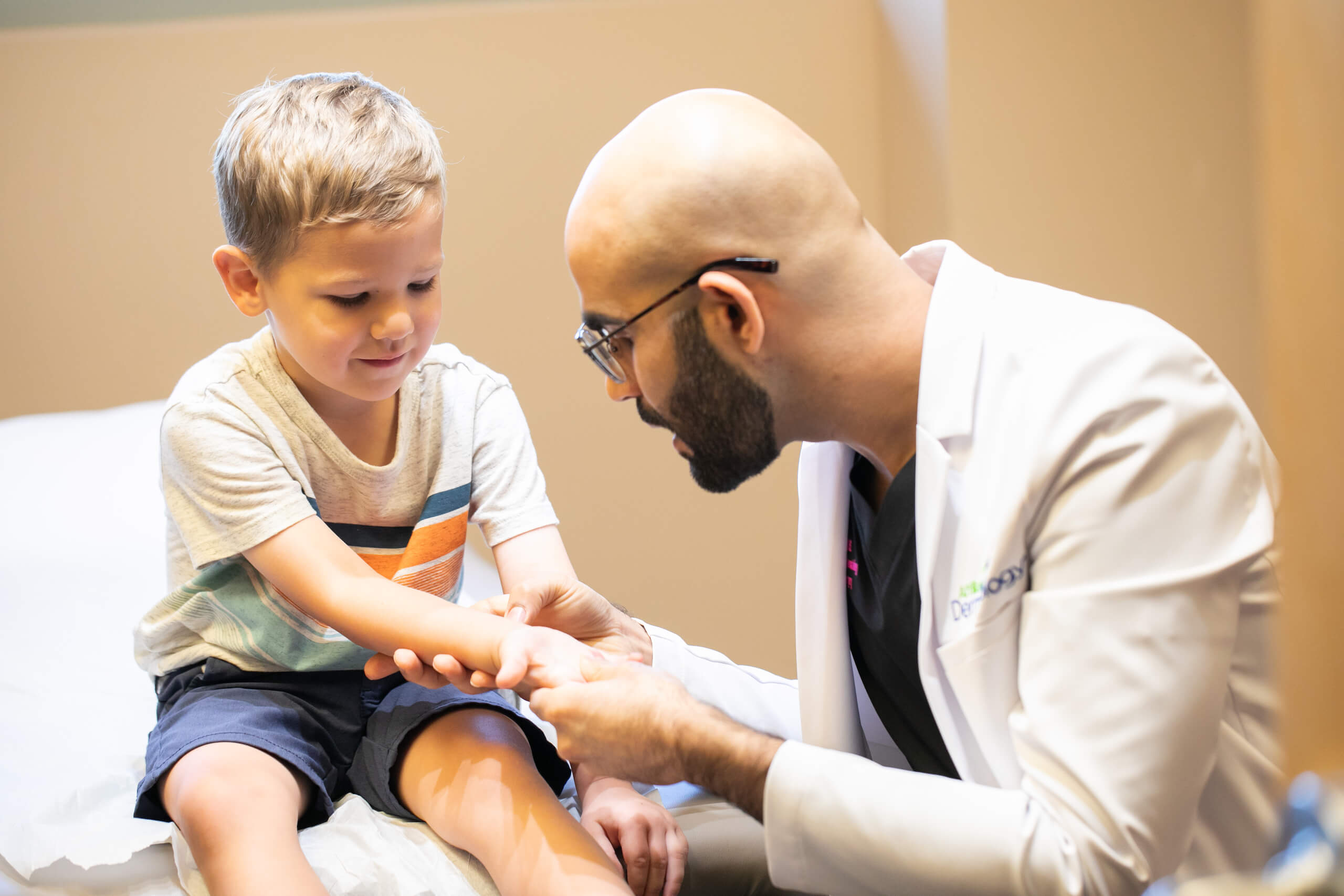Locate a top-rated dermatologist to address your skin concerns.
Locate a top-rated dermatologist to address your skin concerns.
Blog Article
Browsing Skin Cancer Therapy: The Essential Role of Mohs in Modern Dermatology Practices
Skin cancer cells, a difficult diagnosis, typically leaves individuals coming to grips with many treatment choices. Amongst these, Mohs surgical treatment stands as a beacon in modern-day dermatology, renowned for its careful strategy to cancer removal and conservation of bordering healthy and balanced cells. This cutting-edge practice assures not just premium cosmetic outcomes however also supplies instant outcomes, relieving individual stress and anxiety. As we discover the ins and outs of this procedure, one will appreciate its crucial role in skin cancer treatment.
Comprehending Skin Cancer Cells: Types and Threats
Skin cancer cells, a possibly dangerous condition, is even more prevalent than lots of people understand. This illness, brought on by the unrestrained development of unusual skin cells, mostly arises from DNA damage as a result of exposure to the sunlight and ultraviolet (UV) light. There are three primary types of skin cancer: Basic cell carcinoma, Squamous cell carcinoma, and Cancer malignancy. While the previous 2 are less lethal and compose most of diagnosed situations, melanoma is the most hazardous. It makes up only concerning 1% of skin cancer cells instances but triggers the vast majority of skin cancer deaths - mohs surgery. Risk elements include reasonable skin, history of sunburn, too much sunlight direct exposure, living at high altitudes or near the equator, having numerous moles, a household history of skin cancer cells, and compromised immune system.
What Is Mohs Surgical procedure and How It's Reinventing Skin Cancer Cells Therapy
Despite the various therapies presently readily available for skin cancer, Mohs surgery stands apart as a groundbreaking and extremely efficient option. Named after Frederic E. Mohs, the medical professional that developed the treatment, Mohs surgical treatment is a specific medical strategy used to deal with skin cancer. Throughout the treatment, thin layers of cancer-containing skin are gradually removed and examined until only cancer-free cells continues to be. This technique permits the doctor to confirm that all cancer cells have actually been gotten rid of at the time of surgical procedure. This degree of accuracy, incorporated with the capacity to save as much healthy tissue as feasible, is revolutionizing skin cancer therapy. Therefore, Mohs surgical procedure has actually come to be a keystone of contemporary dermatology techniques.
The Benefits of Mohs Surgical Procedure Over Typical Skin Cancer Treatments
Structure on the cutting-edge nature of Mohs surgical procedure, it's important to consider its countless advantages over standard skin cancer cells treatments. Unlike standard treatments, Mohs supplies a greater cure price, frequently getting to 99% for new treatments and 94% for reoccurring cancers cells. useful source This precision is because of its unique method of gradually getting rid of and analyzing tissue layers up until only cancer-free cells stay (dermatologist). In addition, it reduces damages to healthy and balanced skin, resulting in much less scarring and improved cosmetic end results. Mohs additionally gives immediate outcomes, removing the anxiety-ridden delay usual with other methods. Lastly, it's economical, as the surgery and microscopic examination take place simultaneously, getting rid of the requirement for additional research laboratory services. Therefore, Mohs stands for a significant advancement in dermatological methods.
The Procedure of Mohs Surgical Treatment: What to Expect Throughout the Process

Possible Adverse Effects and Post-Operative Care of Mohs Surgical Treatment
Undertaking Mohs surgical treatment, like any kind of various other surgical treatment, includes potential side effects that people need to go to my blog be conscious of. Usual side results include pain, wounding, and swelling at the surgical treatment site. In some situations, extra treatments might be necessary to make certain complete elimination of the malignant cells.
Conclusion

Report this page